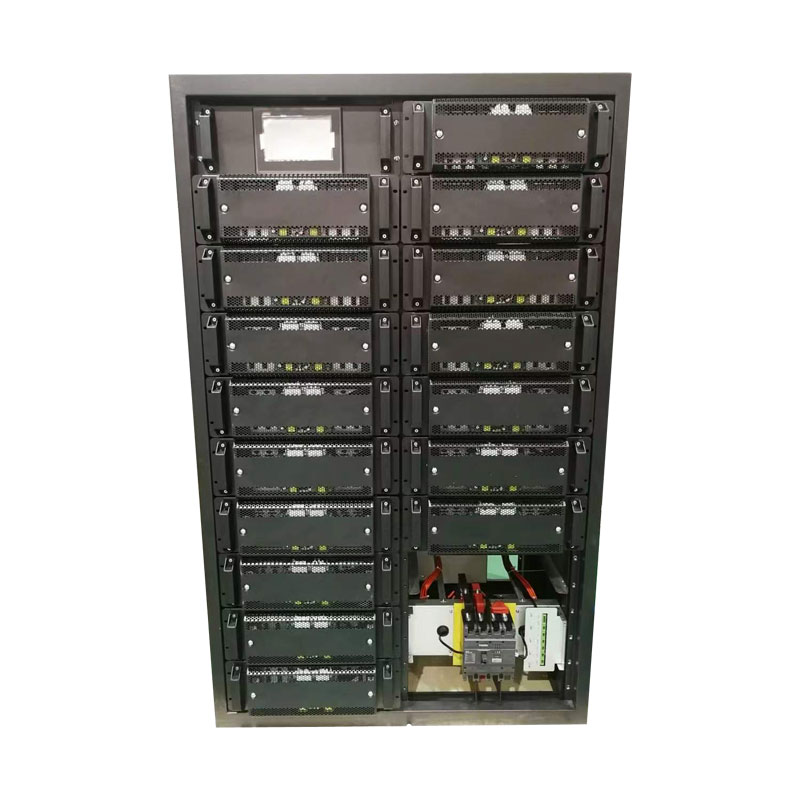Storage lithium battery is a battery with lithium metal cathode active substance, it generally refers to a lithium battery, can not be charged cycle, and prone to dendrite explosion, so rarely used in daily electronic products. When the storage lithium battery is charged, Li+ in the positive electrode and Li+ in the electrolyte accumulates to the negative electrode, and electrons are obtained, which are reduced to Li embedded in the carbon material of the negative electrode. During the discharge, Li, embedded in the cathode carbon material, loses electrons and enters the electrolyte, and Li+ in the electrolyte moves towards the positive electrode.
The working principle of
storage lithium battery refers to its charge and discharge principle. When the battery is charged, lithium ions are generated on the positive electrode of the battery, and the generated lithium ions move to the negative electrode through the electrolyte. As the negative carbon layer structure, it has a lot of micropores, lithium ions to reach the negative electrode embedded in the carbon layer of micropores, the more embedded lithium ions, the higher the charging capacity.
Similarly, when a battery is discharged (as we do with it), the lithium ions embedded in the carbon layer of the negative electrode come out and travel back to the positive electrode. The more lithium ions return to the positive electrode, the higher the discharge capacity. We usually say the capacity of the battery refers to the discharge capacity.



